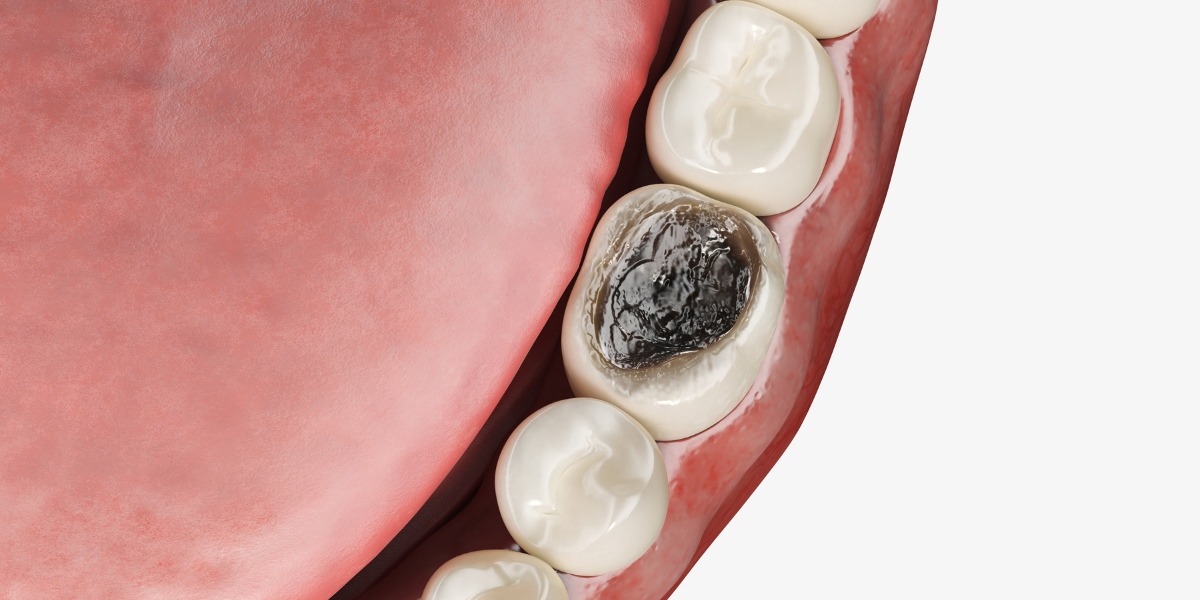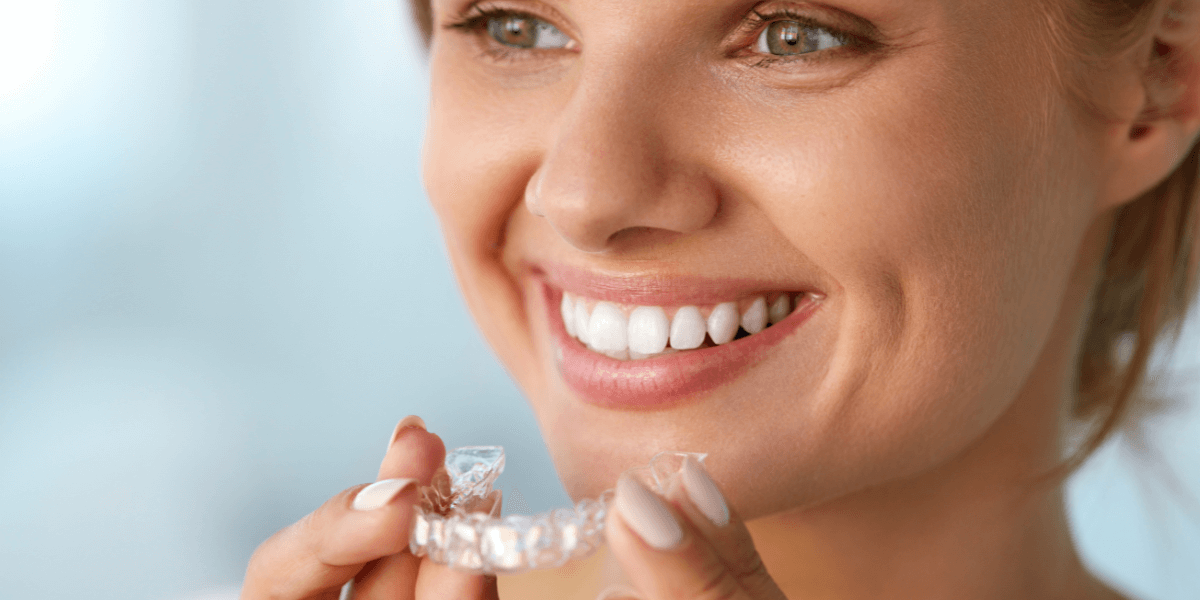7 tips to handle tooth sensitivity caused by whitening

As much as we want to whiten our teeth, we’re often scared of tooth pain associated with the process, particularly if we already suffer from daily tooth sensitivity. Understanding what causes sensitivity and preparing for it while whitening is the key to comfortable whitening! Find out how here.
Dental patients have increasingly desired a more attractive smile to help boost their confidence that is whiter or brighter. This desire has especially increased with the rise of virtual meetings as individuals’ teeth are more noticeable on screen. Over the past few decades there has been a steady influx of whitening products on the market, yet there still remains only two main options to whiten your teeth.
What are my options?
Your options are to either have professionally administered (in-office) teeth whitening services or self administer at-home whitening products. Several popular in-office treatments use heat and/or light to speed up the treatment and to intensify the whitening process.[1] In-office treatments tend to deliver the most dramatic results in the least amount of time, therefore they are more costly.[1] Self administered at-home teeth whitening products can include custom fitted trays that you use to apply whitening gels to, strips, rinses, chewing gums, or paint-on films.[2] This method usually delivers results within a few days to a few weeks and can be less costly yet more time consuming.
Teeth whitening & tooth sensitivity
Most dental patients are interested in having a brighter smile, however they may be wary of treatment as they may have heard that whitening products can cause tooth sensitivity.[1] Whitening products use peroxide based (carbamide or hydrogen peroxides) whitening agents in varying percentages to lift the stains from the pores of the teeth.[1] There is a risk of temporary tooth sensitivity with whitening treatments. This risk is possibly due to the pulp (nerve of the tooth) becoming exposed to peroxide during the procedure resulting in inflammation. When a tooth’s pulp is irritated it can cause pain to the individual.[1][3] Tooth sensitivity is more common with the use of higher concentrations of peroxides in the whitening products and leaving the product on for longer lengths of time.[2] Some patients feel sensitivity during treatment immediately during the initial procedure (in-office treatments), or within two to three days after starting treatment (at-home treatments).[2] Tooth sensitivity usually resolves within four days post-treatment.[2]
Handling sensitivity while whitening
There are several approaches one can explore to help prevent and treat sensitivity prior to using treatments, as well afterwards to help speed up ones recovery.[2] Prior to using whitening treatments, some have found that using nonsteroidal anti-inflammatory drugs and the pretreatment of 5% potassium nitrate and 2% sodium fluoride or desensitizing gels can help reduce dental sensitivity.[2]
- Never whiten your teeth longer that the time that is recommended on the products instructions or provided by your dentist.[3]
- If you experience sensitivity with at-home whitening try to shorten the application time or give your teeth breaks between treatments by skipping days instead of consecutively whitening.[3]
- Limit foods and drinks that are either very hot or cold during treatment to minimize your symptoms.[3]
- Use a whitening product that contains a lower amount of peroxide.[3]
- Use fluoride rinses, desensitizing gels, and/or sensitivity toothpaste prior to and during treatment.[3]
- Use a soft bristled toothbrush.[3]
- Stay in contact with your dentist if problems arise so that the sensitivity can be mitigated.[3] Your dentist can apply desensitizing products in the office if necessary.
Homecare is important
After whitening your teeth you can extend the benefits and reduce stains by practicing good dental homecare habits such as brushing at least at twice a day and flossing daily[4]. Try to avoid foods and drinks that have the potential to cause staining especially after initially whitening. Examples of stain causing products are teas, coffee, carbonated beverages, sports drinks, sauces, and berries. If you do consume these products, brushing your teeth 30-60 minutes afterwards or rinsing your teeth with water can reduce staining.[4] If a brighter smile is what you desire it is within reach following these tips.
Due to the risks of tooth sensitivity it is advised that you consult your dentist first to discuss options that would work best for you. Your dental professional can help determine if you are a candidate for whitening treatments and determine what your best treatment options are. Some patients regularly have teeth sensitivity without having whitening procedures done. They may need to take extra precautions as it can make their teeth especially uncomfortable.[1] It is important to follow the instructions when doing at-home treatments so as to reduce the risk of burning or temporarily bleaching the gum tissue.[1]







